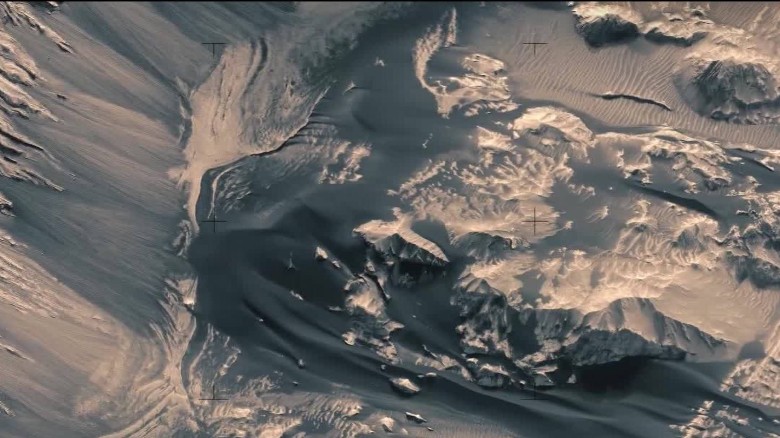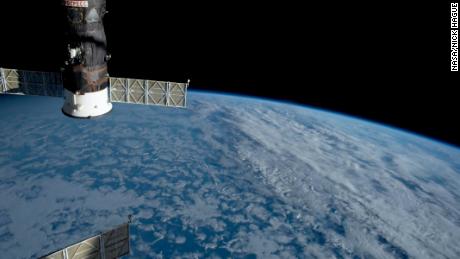(CNN)Life could have found a way to establish on Mars 4.48 billion years ago, according to a new study. That's when gigantic meteorites stopped crashing into the Red Planet and inhibiting life.
Life could have thrived between 3.5 billion and 4.2 billion years ago, which predates the earliest evidence of life on Earth by 500 million years.
Once the planets in our solar system formed, the frequency and the size of meteorites in the solar system diminished. That gradual decline opened a window in which the conditions were right for life to form and remain.
But there are different ideas about when the heavy meteorites ceased. Some scientists believe that the planets endured a later stage of bombardment 3.8 billion years ago.
For the new study, researchers studied the oldest-known mineral grains from meteorites that they believe originally came from the southern highlands of Mars. By looking at them on an atomic level, the researchers determined that the minerals were unchanged since they formed and crystallized near the Martian surface.
The grains were compared to areas on the Earth and moon impacted by meteorites. More than 80% of the mineral grains were changed by extreme pressure and temperature.
The researchers believe that the samples show that heavy meteorites stopped striking Mars before the mineral grains were formed. This means the Martian surface could have been habitable right around the time when water was abundant.
Their study was published Monday in the journal Nature Geoscience.
"Giant meteorite impacts on Mars between 4.2 and 3.5 billion years ago may have actually accelerated the release of early waters from the interior of the planet setting the stage for life-forming reactions," said Desmond Moser, study author and associate professor in Western University's Department of Earth Science and Geography, in a statement. "This work may point out good places to get samples returned from Mars."
The university's Zircon and Accessory Phase Laboratory, led by Moser, was crucial for the study.
NASA's Mars 2020 rover, launching next summer, will collect and stow samples on the Martian surface for later missions to return to Earth. Moser hopes his research could help inform where those samples may be collected.
























